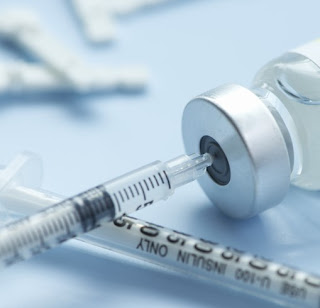Nephrotoxicity is one of the most common kidney problems and occurs when the body is exposed to a drug or toxin that causes damage to the kidneys.
A nephrotoxin is a toxic agent or substance that inhibits, damages or destroys the cells and/or tissues of the kidneys. This is an example of a cytotoxin.
Kidneys are the organs that responsible for regulating the water content of the body, producing hormones, balancing minerals, maintaining proper pH and for the excretion of bodily wastes as urine.
The kidney consists of numerous cell types organized into the nephron, which is the basic functional unit of the kidney. Any stimuli that induce loss of these cells can induce kidney damage and renal failure.
Besides causing direct damage to the kidneys, nephrotoxins can worsen or aggravate other conditions such as diabetes, hypertension (high blood pressure), and cardiovascular (heart) disease. They can also interfere with vitamin D metabolism and hormone synthesis.
Natural nephrotoxins include aristolochic acids and mycotoxins such as ochratoxin, fumonisin B1, and citrinin. Aristolochic acids are a group of acids found naturally in many types of plants known as Aristolochia (birthworts or pipevines) and some types of plants known as Asarum (wild ginger).
Multiple nephrotoxins have been demonstrated to be OAT (Organic Anion Transporter) substrates, including ochratoxin A, cephaloridine, tetracycline, mercuric conjugates, the antivirals adefovir and cidofovir, and uremic toxins such as indoxyl sulfate.
Ochratoxin A is produced by several species of Aspergillus and Penicillium. Contamination of this mycotoxin in food commodities, such as cereals and cereal products, coffee beans, dry vine fruits, wine and grape juice, spices and liquorice, occurs worldwide.
Nephrotoxin
Food safety can be defined as the “the avoidance of food borne pathogens, chemical toxicants and physical hazards, but also includes issues of nutrition, food quality and education.” The focus is on “microbial, chemical or physical hazards from substances than can cause adverse consequences.”
The Most Popular Posts
-
A biological hazards is an agent in food with potential to cause human illness. It is the most significant hazards in our food. Biological h...
-
Chemical hazard are chemicals that can get into food by improper storage of chemical or chemical containers or by using chemicals improperly...
-
Some bacteria enter the intestine live, survive the acidic environment of the stomach, and then produce a harmful toxin inside the human dig...
-
If HACCP is not properly applied, then it may not result in an effective control system. This may be due to improperly trained or untrained...
-
Anything foreign to the food can be considered a physical hazard. Dust, dirt, hair, metal shavings and broken glass, for example, are items ...



